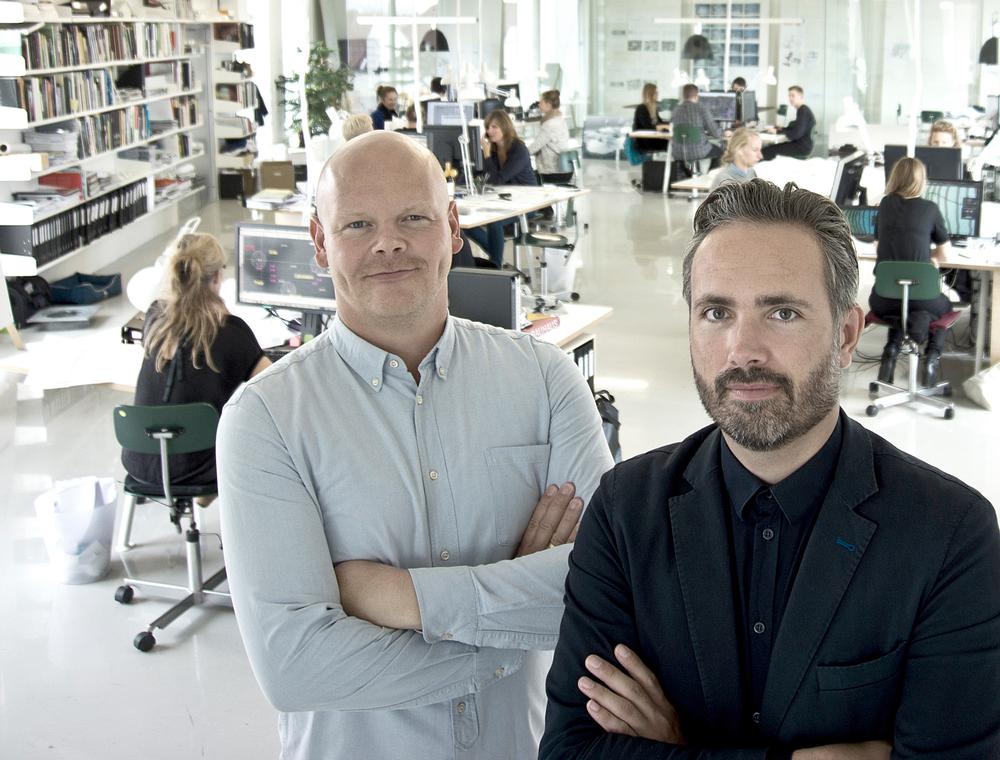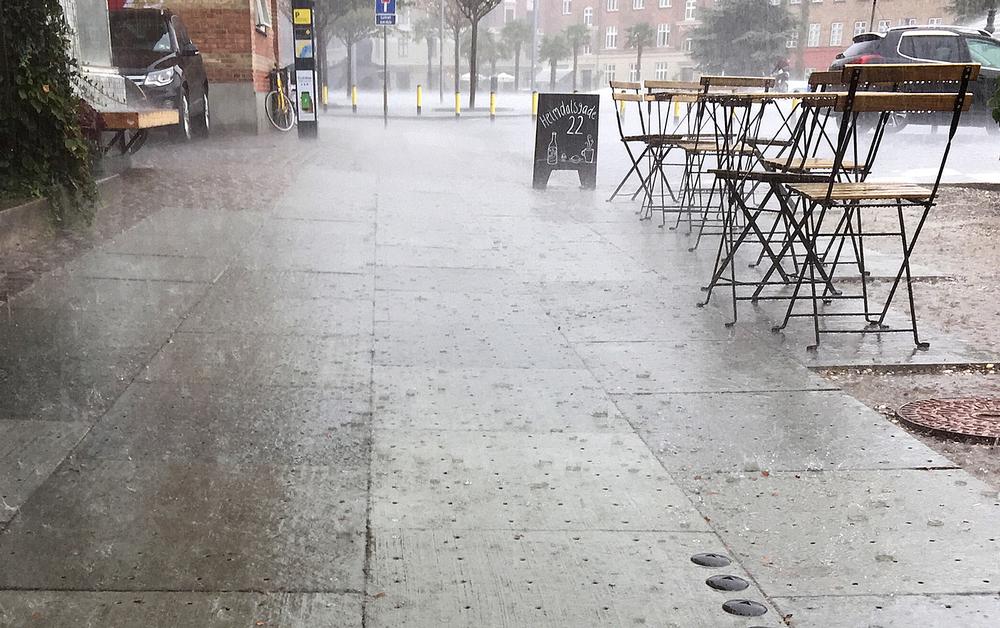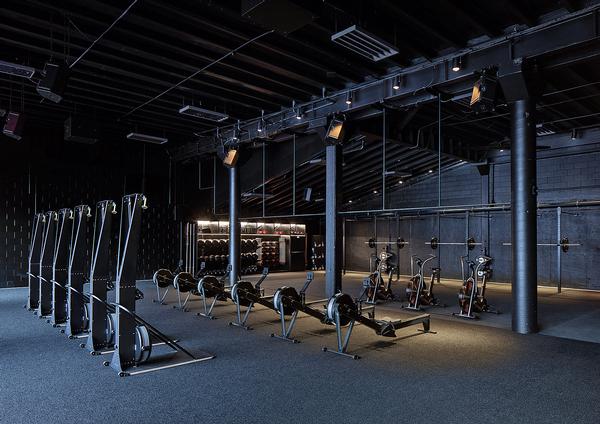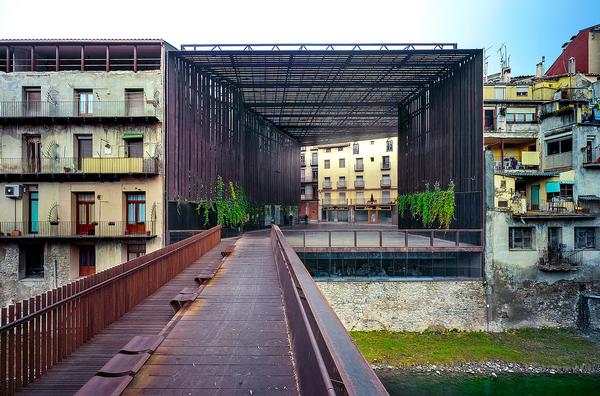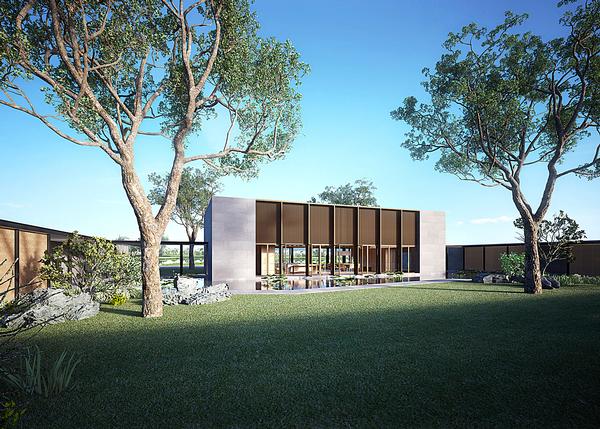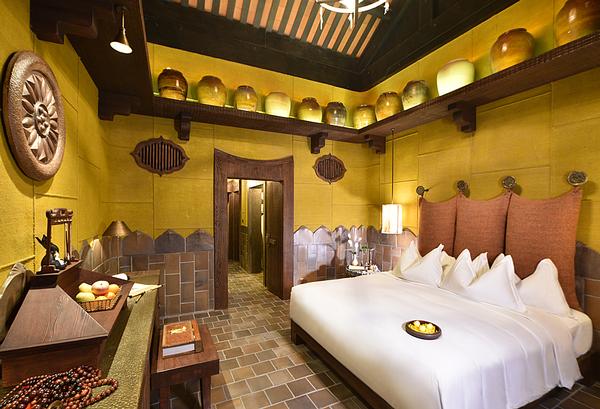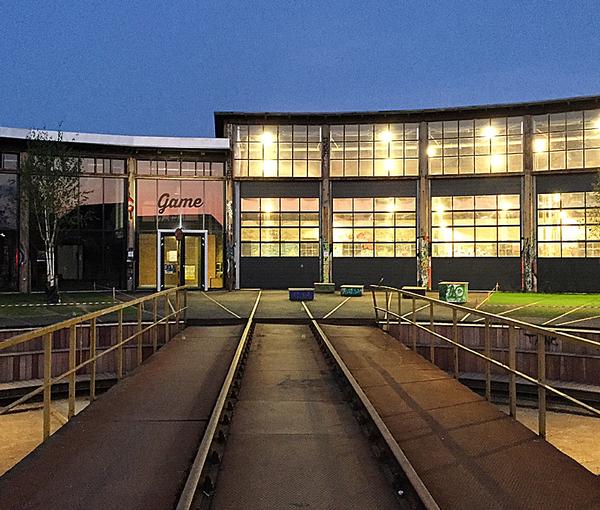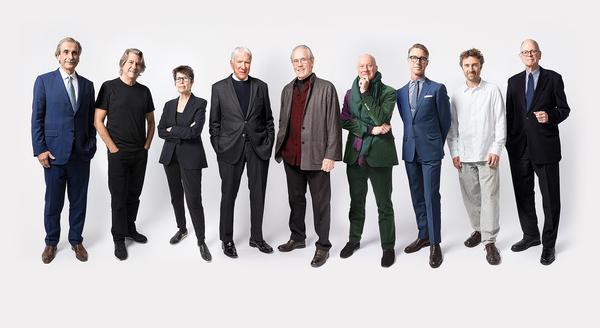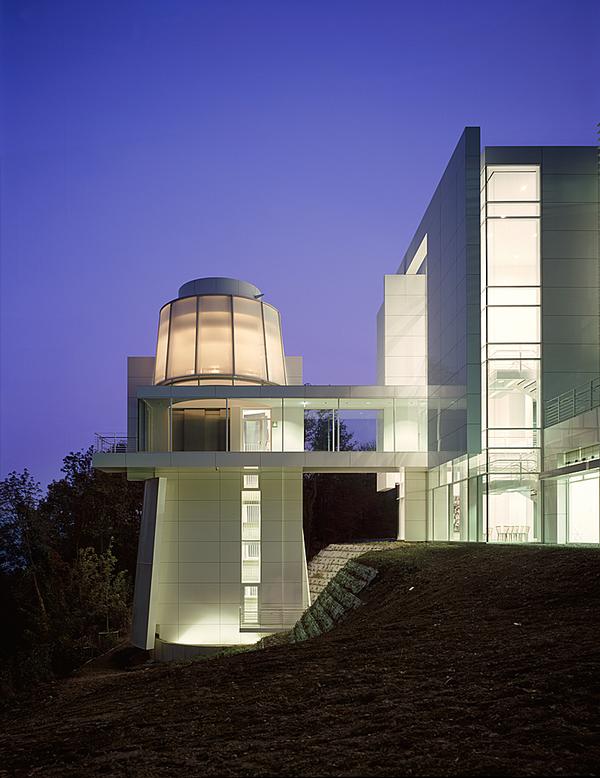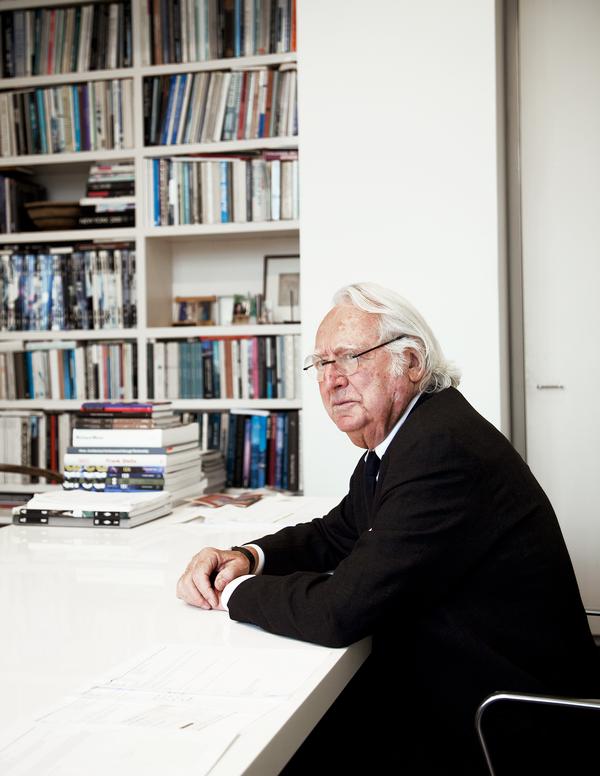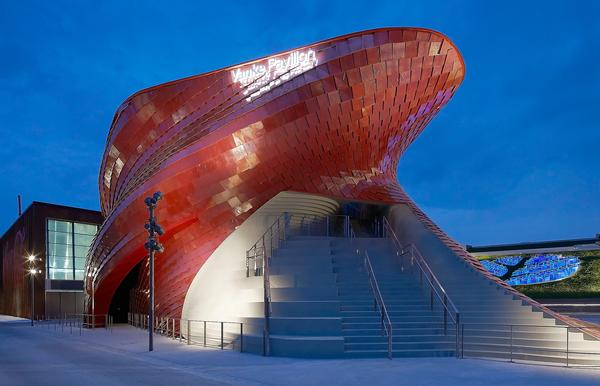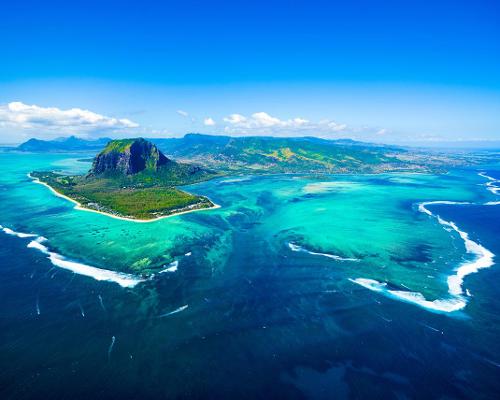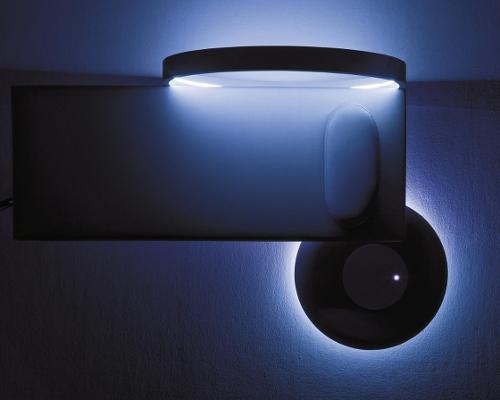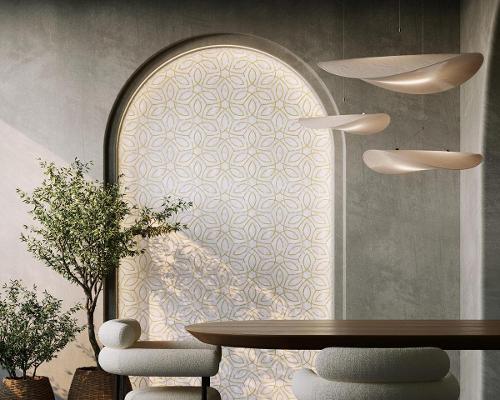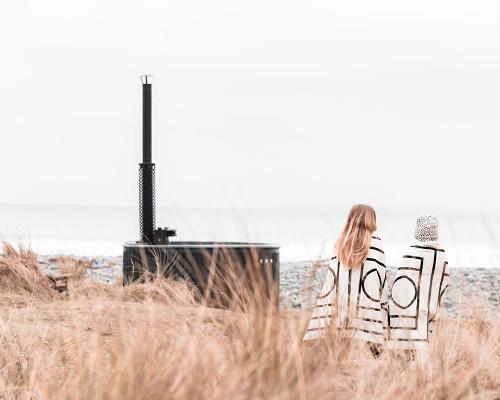CLAD people
Ole Schrøder and Flemming Rafn Thomsen, founding partners, Tredje Natur
The Climate Tile can be adapted to any city that experiences problems with heavy rain
Danish architects Ole Schrøder and Flemming Rafn Thomsen, through their studio Tredje Natur (Third Nature), have launched an innovative paving slab aimed at improving rainwater management. The Climate Tile allows run-off water from roofs and sidewalks to be siphoned to where it can be used, rather than to simply drain into sewers, reducing the strain on water management systems in towns and cities.
The interlocking tiles are fitted internally with a series of vertical and horizontal pipes that can direct water as required and be fitted with “plug-ins” to modify the use of each tile. Typically, water might be directed to roadside flowerbeds or herb gardens, where it can seep through soil gradually rather than washing over the surface.
“The Climate Tile is scalable and can be adapted to any dense city globally that experiences problems with heavy rain,” Thomsen told CLAD. “With the Tile, future sidewalks will collect and manage water, whilst contributing to the growth of an urban nature and improved microclimate, thereby generating added value for the citizens and raising the level of life quality and general health within cities.
“It works in synergy with roads, bike paths, signage, urban furniture, town squares, urban nature and more. The solution is relevant for any city wanting to offer liveable urban spaces for their citizens.”
The Climate Tile has been in development since 2014 and co-funded to the tune of 1,1 million DKK (£130,400) by the Danish Business Authority’s Market Development Fund.
A 50m pilot pavement of Climate Tiles was inaugurated on 27 September 2018 in the Nørrebro district of Copenhagen in collaboration with the Copenhagen Municipality, and Tredje Natur is planning to bring it to market in the near future. Schrøder and Thomsen are hoping that the Climate Tile will be rolled out across more of the 700 km and several million square meters of sidewalks in the city.
“The Climate Tile is a hybrid solution adding several capabilities to the pavement tile as we know it,” Thomsen said. “Pavement and water management in our streets are both in the hands of the municipality and the utility companies. Now we have a solution that merges the two’s responsibilities into one project, which also increases the complexity of the project. But if the city’s sectors and systems don’t work together we’ll never be able to prepare our cities for climate change.”
Across Denmark, a charity is turning industrial buildings into centres for street sport and art. As the concept prepares to go global, we speak to the people making it happen



